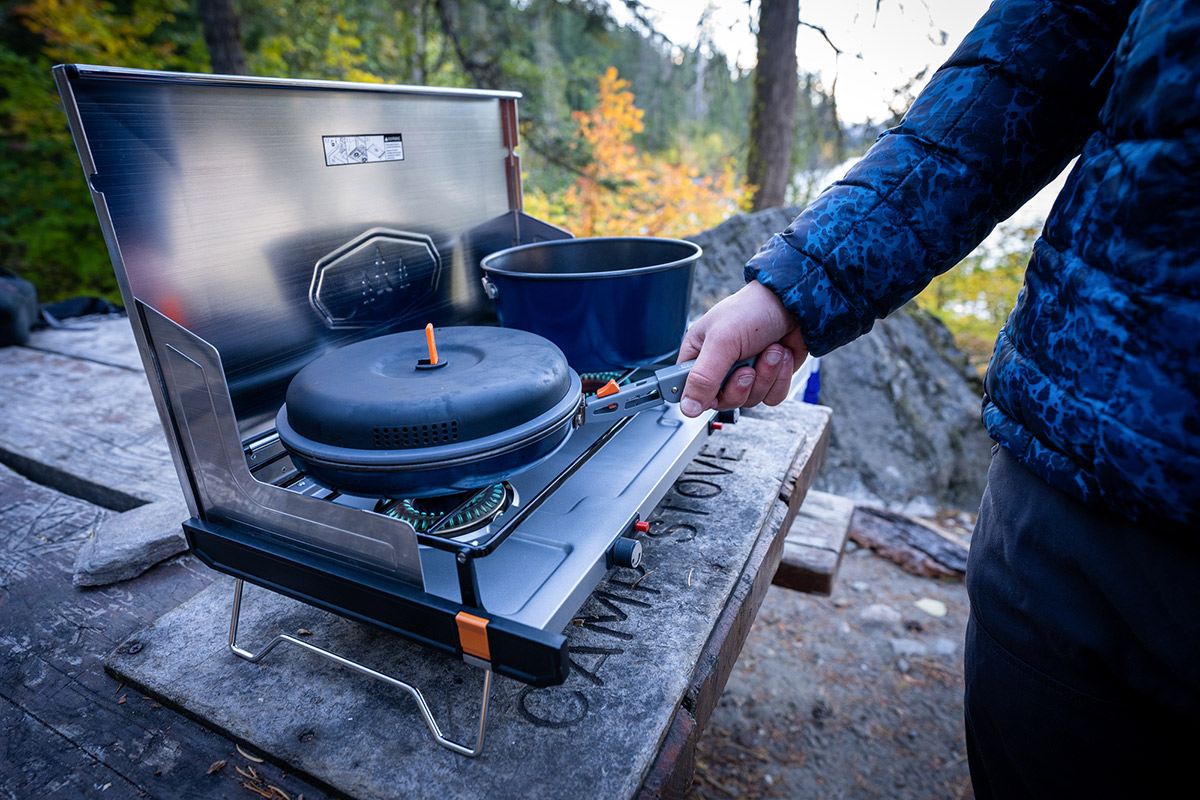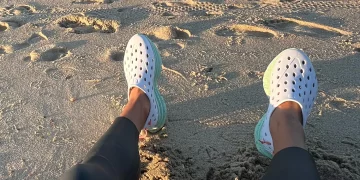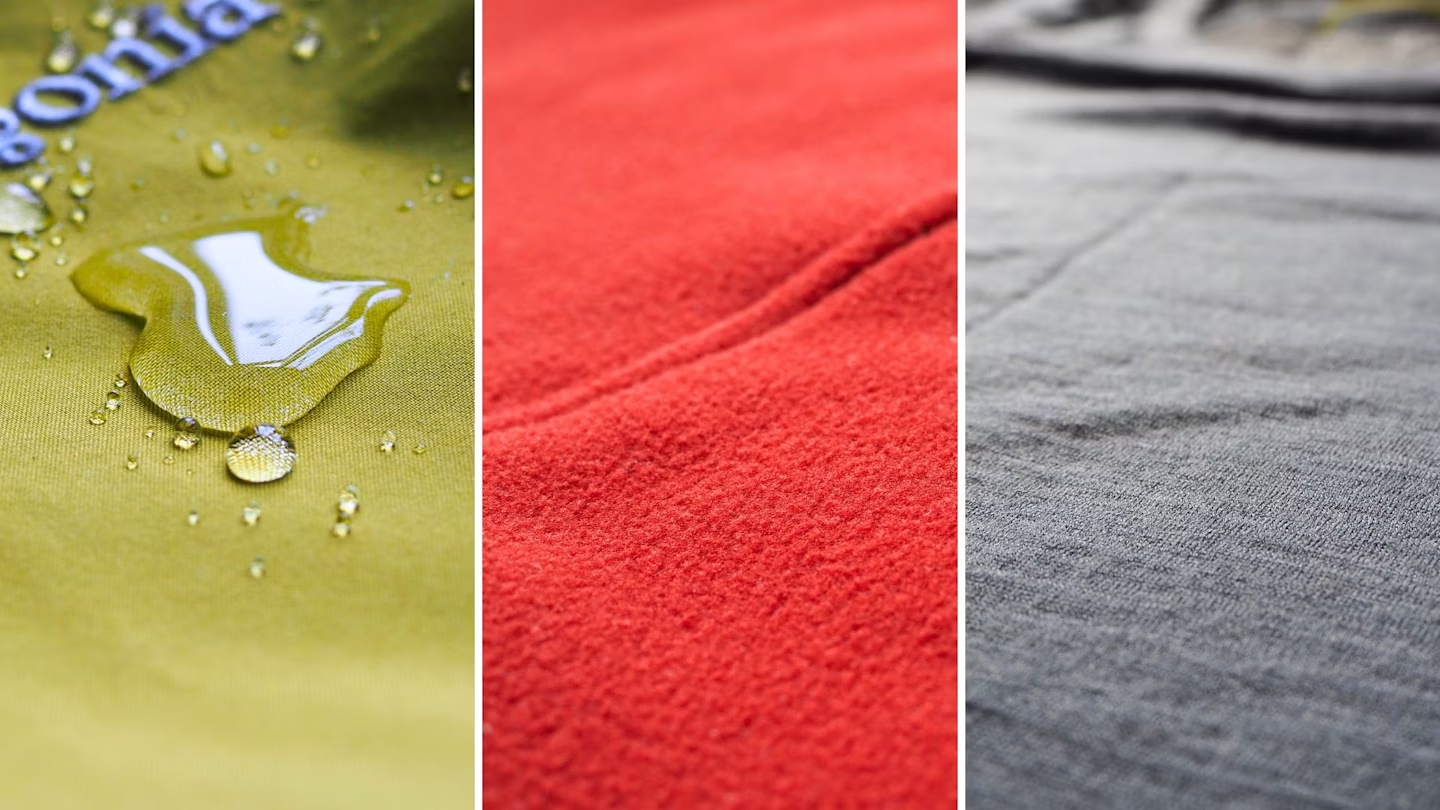In the world of outdoor adventure, from mountaineering to long-distance hiking, equipment is often the silent partner that keeps you safe, comfortable, and efficient. But when you’re venturing into rugged terrain, facing harsh weather conditions, or tackling technical challenges, can budget gear be trusted to get you through the toughest of times? The allure of affordable outdoor equipment is undeniable. However, the question remains—when the stakes are high, can you rely on it to perform as well as premium gear?
In this article, we’ll explore the pros and cons of budget gear in high-stakes adventures, weigh the key factors to consider, and ultimately help you make an informed decision before hitting the trails, summits, or deep backcountry.
The Appeal of Budget Gear: Is It Worth It?
Before delving into whether budget gear is trustworthy for high-stakes adventures, let’s first understand why it’s so attractive. The outdoor industry has boomed in recent years, and with it, a wide variety of affordable gear options has flooded the market. From backpacks to sleeping bags to technical outerwear, budget gear promises to deliver a similar experience to its high-end counterparts at a fraction of the price. For many, this affordability is enough to make the switch.
The typical appeal of budget gear includes:
- Affordability: As outdoor activities become increasingly popular, entry-level adventurers may not want to make a large financial commitment upfront.
- Accessible to Beginners: Budget gear often makes outdoor experiences more accessible to those just starting out. If you’re unsure about how much you’ll use the gear, it’s easier to experiment with affordable options.
- Basic Performance: For some adventures, budget gear can be sufficient. If your journey is less intense or shorter, entry-level products might meet your needs without breaking the bank.
But when the stakes are higher—when you’re climbing glaciers, traversing mountain ranges, or navigating extreme conditions—the equation changes. The true performance and durability of budget gear come into question, especially when your safety could depend on it.
What Defines High-Stakes Adventures?
High-stakes adventures aren’t just about the difficulty of the terrain or the duration of the trip; they’re defined by the level of risk involved. These types of expeditions usually include:

- Extreme Weather: Exposure to harsh conditions, such as sub-zero temperatures, torrential rain, or hurricane-force winds.
- Technical Terrain: Environments that require specialized equipment, such as mountaineering gear, climbing ropes, or technical footwear for scrambling.
- Long Duration: Expeditions that last several days or weeks, requiring reliability and endurance from your gear.
- Remote Locations: Far from rescue, where gear failure could mean a life-threatening situation.
If any of these elements are part of your adventure, the reliability and durability of your equipment becomes non-negotiable. In these cases, trusting budget gear may come with risks that you can’t afford to take.
When Budget Gear Fails: A Closer Look
Let’s take a deeper look at how budget gear holds up in real-world, high-risk situations. It’s not uncommon to hear stories of bargain backpacks ripping mid-expedition, sleeping bags that fail to provide warmth in freezing temperatures, or tents that collapse under heavy winds. But what exactly causes these failures?
1. Material Quality
Premium outdoor gear is often made from superior materials that are lightweight, durable, and weather-resistant. Budget gear, on the other hand, tends to use cheaper fabrics and components that may wear out more quickly. A budget tent might be made from thin nylon, for example, which is more prone to tearing or ripping when exposed to sharp rocks or high winds. Meanwhile, a high-end tent could use ripstop fabric, which is designed to withstand tougher conditions.
In high-stakes adventures, these subtle differences in material quality can mean the difference between success and failure. You don’t want a tent that can’t withstand strong gusts when you’re caught in a storm at 12,000 feet.
2. Seams and Stitching
When under pressure, poorly stitched seams on budget gear can unravel quickly. For example, a budget sleeping bag or jacket might have seams that aren’t reinforced or sealed properly, leading to cold spots or insulation loss. In extreme conditions, this could result in hypothermia or worse.
Premium brands invest in double or even triple-stitched seams, using robust thread and reinforcement techniques. This level of attention to detail ensures longevity, which is critical when your gear needs to stand up to harsh environments.
3. Weight and Portability
When you’re trekking through the backcountry or climbing a technical peak, every ounce counts. Budget gear tends to be bulkier and heavier compared to its premium counterparts. For instance, budget sleeping bags might weigh more due to inferior insulation material, or backpacks might lack the ergonomic features needed for long-duration use.
In high-stakes adventures, this extra weight can make a huge difference. What’s manageable on a short hike becomes unbearable when you’re climbing a mountain with a heavy pack or spending days on end in the wilderness.
4. Durability and Longevity
Perhaps one of the most significant drawbacks of budget gear is its limited lifespan. While premium gear is built to last through multiple expeditions, budget gear may show signs of wear and tear after just one or two trips. Zippers may break, waterproof coatings may degrade, and fabrics can lose their integrity with repeated exposure to the elements.
:max_bytes(150000):strip_icc()/tal-hiking-shoes-test-merrell-moab-3-mid-gtx-lydia-price-02-973b652b4aef4edea65af352bf0c3e04.jpeg)
In high-risk scenarios, the last thing you need is for your gear to fail in the middle of a critical moment—whether that’s trying to secure a rappel or taking shelter during a storm. Budget gear may be a short-term solution, but it’s often not built for the long haul in demanding environments.
When Is Budget Gear Sufficient?
While high-stakes adventures generally demand top-tier gear, there are times when budget gear can still be sufficient. The key is understanding your specific needs and the conditions you’ll face. For example:
- Day Hikes in Mild Conditions: If you’re heading out for a short, easy hike in fair weather, budget gear might be all you need. A basic backpack, inexpensive water bottle, and trail runners could serve you well for a day in the woods without the need for high-end products.
- Local Adventures: When your adventure takes place in familiar terrain with reliable weather patterns, the stakes are lower. A budget tent or sleeping bag might perform perfectly well, provided you don’t venture into harsh conditions.
- Occasional Adventurer: For those who only get out on the trails a few times a year, spending less on gear might be practical. The reliability demands aren’t as high when you’re just camping in the summer or doing a weekend hike.
However, if you’re planning a big adventure—whether it’s a multi-day trek, a summit attempt, or an expedition in extreme conditions—investing in higher-quality gear is crucial. The risks involved are simply too high to compromise on the reliability of your equipment.
Key Factors to Consider When Choosing Gear for High-Stakes Adventures
- Weather Resistance: Will the gear stand up to rain, snow, or extreme cold? Look for water-resistant coatings, breathable fabrics, and insulation that performs in low temperatures.
- Weight-to-Strength Ratio: How heavy is the gear, and how much stress can it withstand? Opt for gear that offers strength without excess weight, especially if you’re carrying it for long periods.
- User Reviews and Reputation: What do others say about the brand’s performance in high-stakes situations? Sometimes, the true quality of gear reveals itself only after a few months or years of use. Premium brands usually have a track record to back up their claims.
- Warranty and Support: What happens if something goes wrong? Some premium brands offer lifetime warranties or repair services, ensuring you’re covered if a critical piece of gear fails.
- Tested in the Field: Trust gear that has been used and tested in the harshest environments by seasoned adventurers. If it’s good enough for professionals, it’s likely good enough for you.
Conclusion: Should You Trust Budget Gear for High-Stakes Adventures?
The truth is, budget gear can be a great choice for beginner-level adventures, casual hikers, and short trips. However, when the stakes are high—when the weather turns nasty, the terrain becomes treacherous, or the duration of the adventure tests your limits—the reliability of your gear is not something you can afford to gamble with.
In high-stakes situations, it’s better to err on the side of caution and choose high-quality gear from trusted brands. Premium gear is engineered to withstand extreme conditions, offering superior durability, reliability, and performance. While budget options might work for a short day hike or a weekend camping trip, they may not hold up under the pressure of more demanding adventures.
Ultimately, the gear you choose will play a critical role in the outcome of your adventure. When safety, comfort, and performance are on the line, don’t skimp on the equipment that could make or break your journey.























